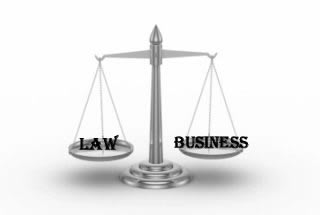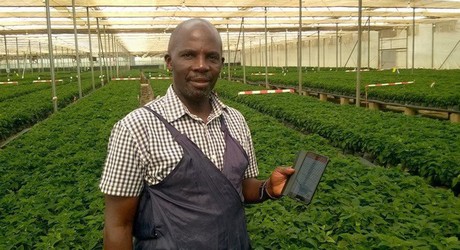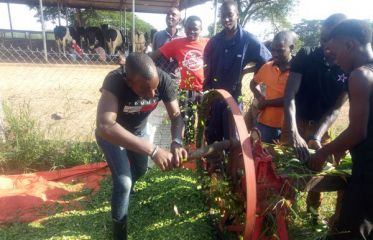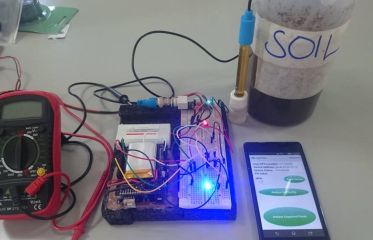Breaking News
- Flexible Remote Work Opportunity for University Students: Earn $100–$250 Per Month ...Read More
- Ministry of Education and Sports Azerbaijan Government Scholarships For 2025-2026 Academic Year ...Read More
- Government Sponsorship Undergraduate Admission Lists 2025-26 for Makerere University ...Read More
- Ministry of Education And Sports: Egyptian Government Scholarships 2025-2026 Academic Year ...Read More
- Ground Breaker Full Scholarship for girls to study Software Engineering 2025 July Intake ...Read More
- Tony Elumelu Foundation Entrepreneurship Programme (TEEP) 2025 for young African Entrepreneurs ...Read More
- DESIGNING FUTURES 2050 International Design Competition 2025 (€15,000 prize) ...Read More
- Ground Breaker Full time Scholarship for girls to study Software Engineering 2025 Intake ...Read More
- Ministry of Education And Sports Algerian Vocational Training Scholarships for 2024-2025 AY ...Read More
- Ministry of Education and Sports Advert for the Algerian Government Scholarships for 2024-2025 ...Read More
Nursery and Greenhouse Manager
Plan, organize, direct, control, and coordinate activities of workers engaged in propagating, cultivating, and harvesting horticultural specialties, such as trees, shrubs, flowers, mushrooms, and other plants. Sample of reported job titles: Farm Manager, Garden Center Manager, Greenhouse Manager, Grower, Harvesting Manager, Horticulturist, Nursery Manager, Perennial House Manager, Production Manager, Propagation Manager
Add to FavouritesPlan, organize, direct, control, and coordinate activities of workers engaged in propagating, cultivating, and harvesting horticultural specialties, such as trees, shrubs, flowers, mushrooms, and other plants.
Daily Tasks
1. Manage nurseries that grow horticultural plants for sale to trade or retail customers, for display or exhibition, or for research.
2. Identify plants as well as problems such as diseases, weeds, and insect pests.
3. Tour work areas to observe work being done, to inspect crops, and to evaluate plant and soil conditions.
4. Assign work schedules and duties to nursery or greenhouse staff, and supervise their work.
5. Determine plant growing conditions, such as greenhouses, hydroponics, or natural settings, and set planting and care schedules.
6. Apply pesticides and fertilizers to plants.
7. Hire employees, and train them in gardening techniques.
8. Select and purchase seeds, plant nutrients, disease control chemicals, and garden and lawn care equipment.
9. Determine types and quantities of horticultural plants to be grown, based on budgets, projected sales volumes, or executive directives
10. Explain and enforce safety regulations and policies.
11. Position and regulate plant irrigation systems, and program environmental and irrigation control computers.
12. Inspect facilities and equipment for signs of disrepair, and perform necessary maintenance work.
Key Knowledge Areas
Administration and Management — Knowledge of business and management principles involved in strategic planning, resource allocation, human resources modeling, leadership technique, production methods, and coordination of people and resources.
Production and Processing — Knowledge of raw materials, production processes, quality control, costs, and other techniques for maximizing the effective manufacture and distribution of goods.
Personnel and Human Resources — Knowledge of principles and procedures for personnel recruitment, selection, training, compensation and benefits, labor relations and negotiation, and personnel information systems.
Biology — Knowledge of plant and animal organisms, their tissues, cells, functions, interdependencies, and interactions with each other and the environment.
Sales and Marketing — Knowledge of principles and methods for showing, promoting, and selling products or services. This includes marketing strategy and tactics, product demonstration, sales techniques, and sales control systems.
Key Skills
Management of Personnel Resources — Motivating, developing, and directing people as they work, identifying the best people for the job.
Speaking — Talking to others to convey information effectively.
Coordination — Adjusting actions in relation to others' actions.
Monitoring — Monitoring/Assessing performance of yourself, other individuals, or organizations to make improvements or take corrective action.
Active Listening — Giving full attention to what other people are saying, taking time to understand the points being made, asking questions as appropriate, and not interrupting at inappropriate times.
Critical Thinking — Using logic and reasoning to identify the strengths and weaknesses of alternative solutions, conclusions or approaches to problems.
Instructing — Teaching others how to do something.
Judgment and Decision Making — Considering the relative costs and benefits of potential actions to choose the most appropriate one.
Time Management — Managing one's own time and the time of others.
Complex Problem Solving — Identifying complex problems and reviewing related information to develop and evaluate options and implement solutions.
Key Activities
Making Decisions and Solving Problems — Analyzing information and evaluating results to choose the best solution and solve problems.
Communicating with Supervisors, Peers, or Subordinates — Providing information to supervisors, co-workers, and subordinates by telephone, in written form, e-mail, or in person.
Getting Information — Observing, receiving, and otherwise obtaining information from all relevant sources.
Coordinating the Work and Activities of Others — Getting members of a group to work together to accomplish tasks.
Guiding, Directing, and Motivating Subordinates — Providing guidance and direction to subordinates, including setting performance standards and monitoring performance.




























































































